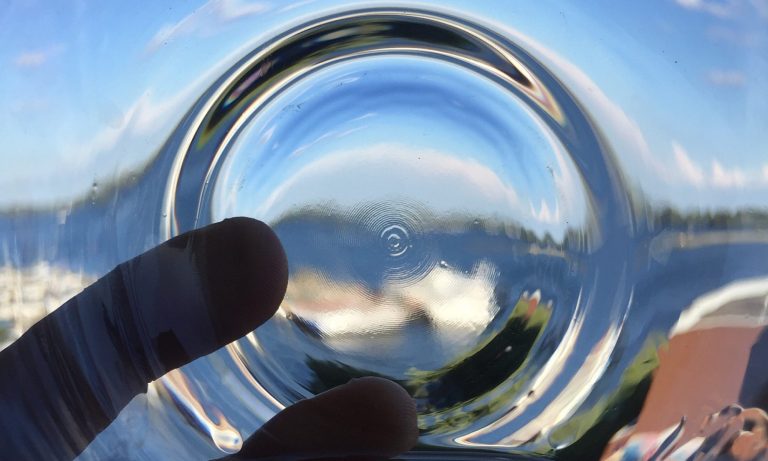

save_sample_prompt="photo of nigel adams spcman" \ Refresh the files list and drag and drop your training images as per below.
Thought train mac code#
After running this cell, the code will generate a folder to upload your training imagess. Obviously remember the instance prompt as that will trigger your image in the AI art generator. Once you have the model you can download it and use it in other experiments or programs like DiffusionBee to generate the AI art. This is the output directory on gdrive where the check-point model will be saved. OUTPUT_DIR stable_diffusion_weights/nigeladams HUGGINGFACE_TOKEN: xxxxx (paste your own token from hugging face after generating) Settings and Run Here are the code blocks I updated (as per the instructions on the notebook). You don’t need programming skills as such and can use the checkpoint model you create in DiffusionBee for fast results without any programming skills.
Thought train mac full#
Open this up….but note I’m not going to do a full tutorial as you’ll find good instructions quite easily by searching for ‘DreamBooth Colab’ on Google or YouTube. The DreamBooth Colab notebook I used is here jpg as the file format and file extension. Try to get a few varying angles of the subject. Don’t worry about removing the background or any fancy photo editing.

The images must be 500 pixels x 500 pixels. Start by creating a new folder on your computer and add 10 or more input images of yourself (or the subject you want to use). You just have to create an account and read/accept the terms. The only other prerequisite is having a HuggingFace access token but this is free also. Having Google Drive (gdrive) setup is handy so you can permanently save the new check-point model generated. The whole training process takes about 30 mins. This is cheating in the context of my blog, however, training a new model is an infrequent task so why spend too long figuring it all out on the Mac when a Colab notebook already does the job. I did try to get this running locally on my Mac but ended up using Google’s Colab for this experiment.

Unoriginally I thought I would experiment by feeding it images of me! Feeding it only 15 pictures I was still blown away. With DreamBooth you can fine-tune and add your own images into the AI art’s learning model.


 0 kommentar(er)
0 kommentar(er)
